Best evergreens for screening in the Southeast
We all need breaks— seasons where we rest so we can come back refreshed and renewed. But evergreens… well they just don’t! Even through the cold winter and extreme heat, some plants just keep on keepin’ on. And while herbaceous perennials and deciduous plants get lots of attention for their dazzling blooms, fruits, and fall color, some situations (like providing screening from your nosy neighbor) call for a lush, reliable evergreen.
According to its name, Yuletide Camellia (a sasanqua) is supposed to bloom around Christmastime, although depending on where you are located it could start blooming as early as October. Regardless, it’s a cheery sight when you might not have much else blooming!
Here are a few of my favorite evergreen shrubs and trees for screening, in no particular order:
Southern Wax Myrtle, Myrica Cerifera: 10-20ft (or 4-6ft for dwarf variety), Zones 7a-11b
Pros: Can tolerate hot, full sun areas as well as part shade. Very fast growing (3+ ft per year) and produces small flowers and fruits. Important host plant providing food source and cover to many butterflies, bees, and birds. Native from New Jersey down to the Caribbean. Wind resistant, salt resistant, and deer resistant.
Cons: May only be semi-evergreen in Zone 7. Can spread by suckers. Can be a fire risk in dry climates.Florida Anise, Illicium Floridanum: 6-10ft, Zones 7a-10b
Pros: Thrives in the shade, native to most of the Southeastern US from Georgia down to Louisiana. Large red flowers April-May.
Cons: Poisonous if ingested. Some people think the flowers smell bad, but I have never smelled anything on mine!Fragrant Tea Olive, Osmanthus Fragrans: 8-20ft, Zones 7b-11b
Pros: Tolerates part shade to full sun (likes afternoon shade if very hot). Highly fragrant blooms in spring, fall, or both depending on variety. Medium growth rate. Deer resistant.
Cons: Native to Asia (but well behaved and doesn’t spread). Might lose some leaves in extreme cold temps in 7b.Carolina Cherry Laurel, Prunus Caroliniana: 15-35ft, Zones 7a-10b
Pros: Tolerates full sun to mostly shade. Grows quickly (2-3ft per year) and has small white fragrant flowers in late winter / early spring. Great food source and winter cover for songbirds, turkey, quail, pollinators, and an important host species for many caterpillars/butterflies! Native from the Carolinas through the Southeast over to Texas and Arkansas.
Cons: Seedlings can become weedy in some areas (like the Atlanta piedmont), but is easy to pull. Not deer resistant. Very toxic to humans and pets if ingested.Camellia, Sasanqua or Japonica: 6-15ft, Zones 7a-9b
Pros: Thrives in part shade (Sasanqua likes more sun). Gorgeous, fragrant blooms in either fall, winter, or early spring when other blooms may be scarce.
Cons: Native to Asia (but usually well behaved, watch out for spreading varieties). Can be susceptible to some diseases. Some varieties are slow growing.Florida/Coast Leucothoe, Agarista Populifolia: 8-12ft, Zones 7a-9b
Pros: Loves shade but will take some sun with enough water. Many small, white, fragrant blooms in April-May and fruit in the fall. Native to Southeastern USA. Highly deer resistant, but attracts, birds, bees, and butterflies. Fast growing and good for erosion control and damp sites.
Cons: Can spread by suckers, very poisonous to humans and animals if ingested.Little Gem Magnolia, Magnolia Grandiflora: 15-20ft, Zones 7a-8b
Pros: Full sun to partial shade. Massive white, fragrant blooms in spring and summer. Native from the Carolinas, down to Florida, over into Texas.
Cons: Can be messy. Roots can find their way into water or sewer lines.Gold Dust Aucuba, Aucuba Japonica: 6-10ft, Zones 6b-10b
Pros: Loves shade and does great in clay. Pretty variegated foliage and very adaptable. Will produce red berries if male and female shrubs are present.
Cons: Native to Asia (while easy to propagate, does not tend to spread much on its own). Poisonous if ingested. Very slow growing (less than 1 ft per year).
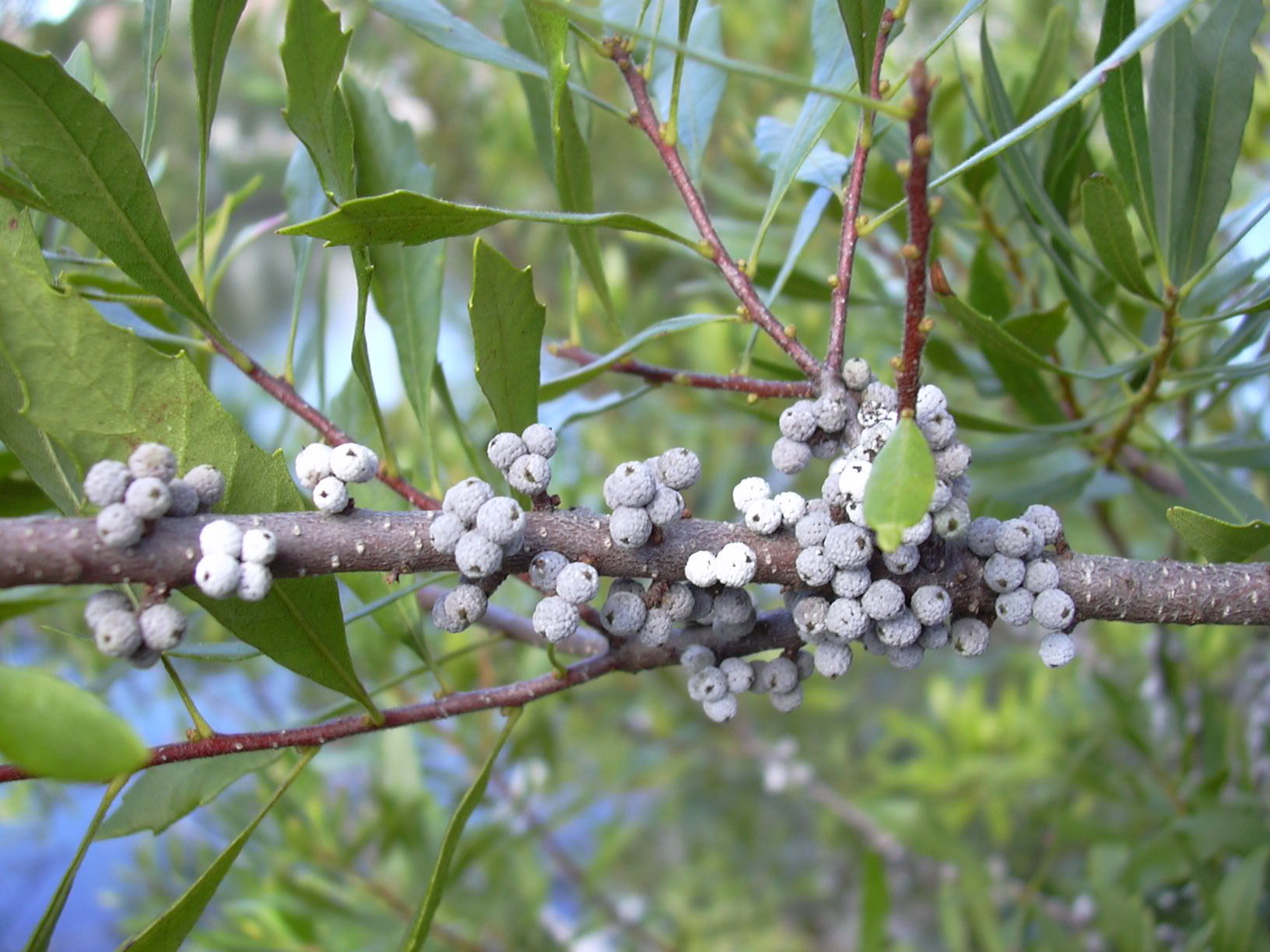
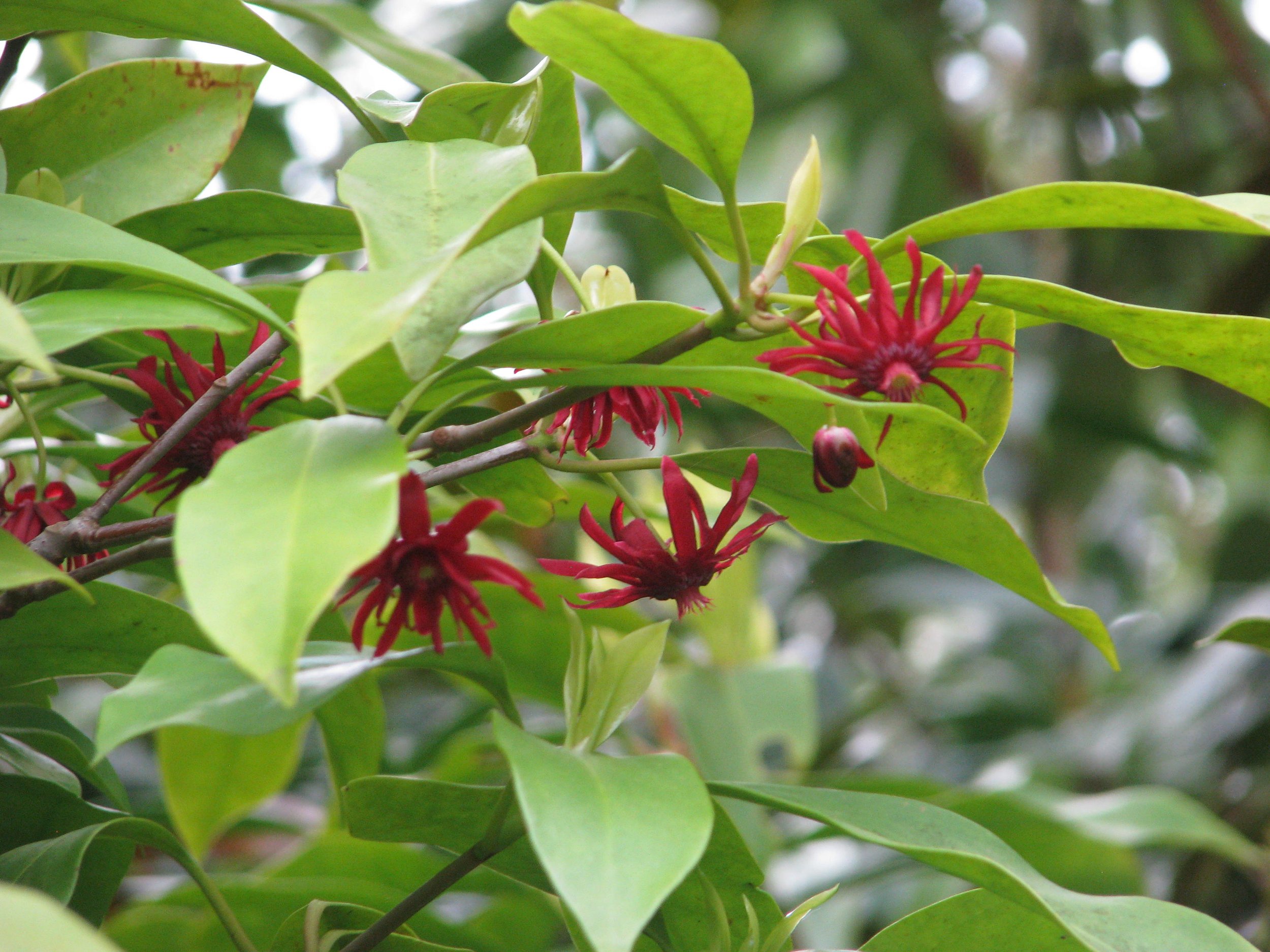

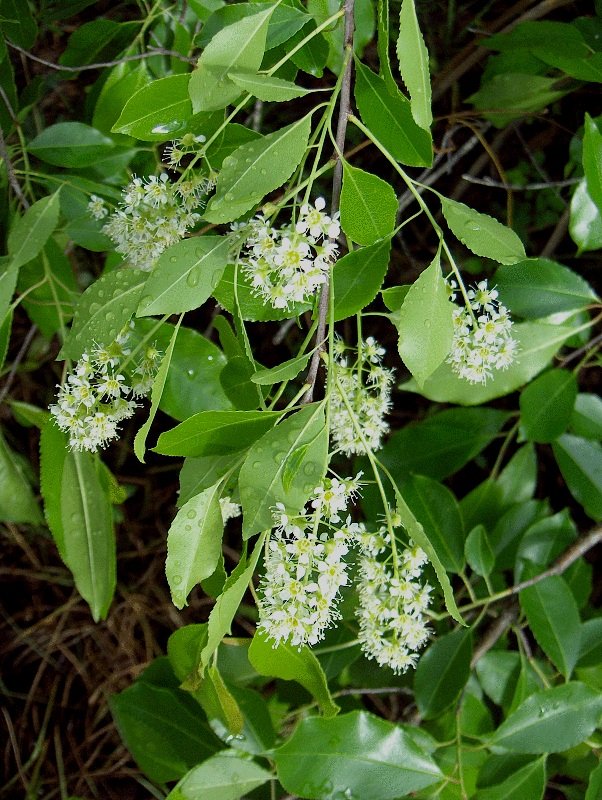
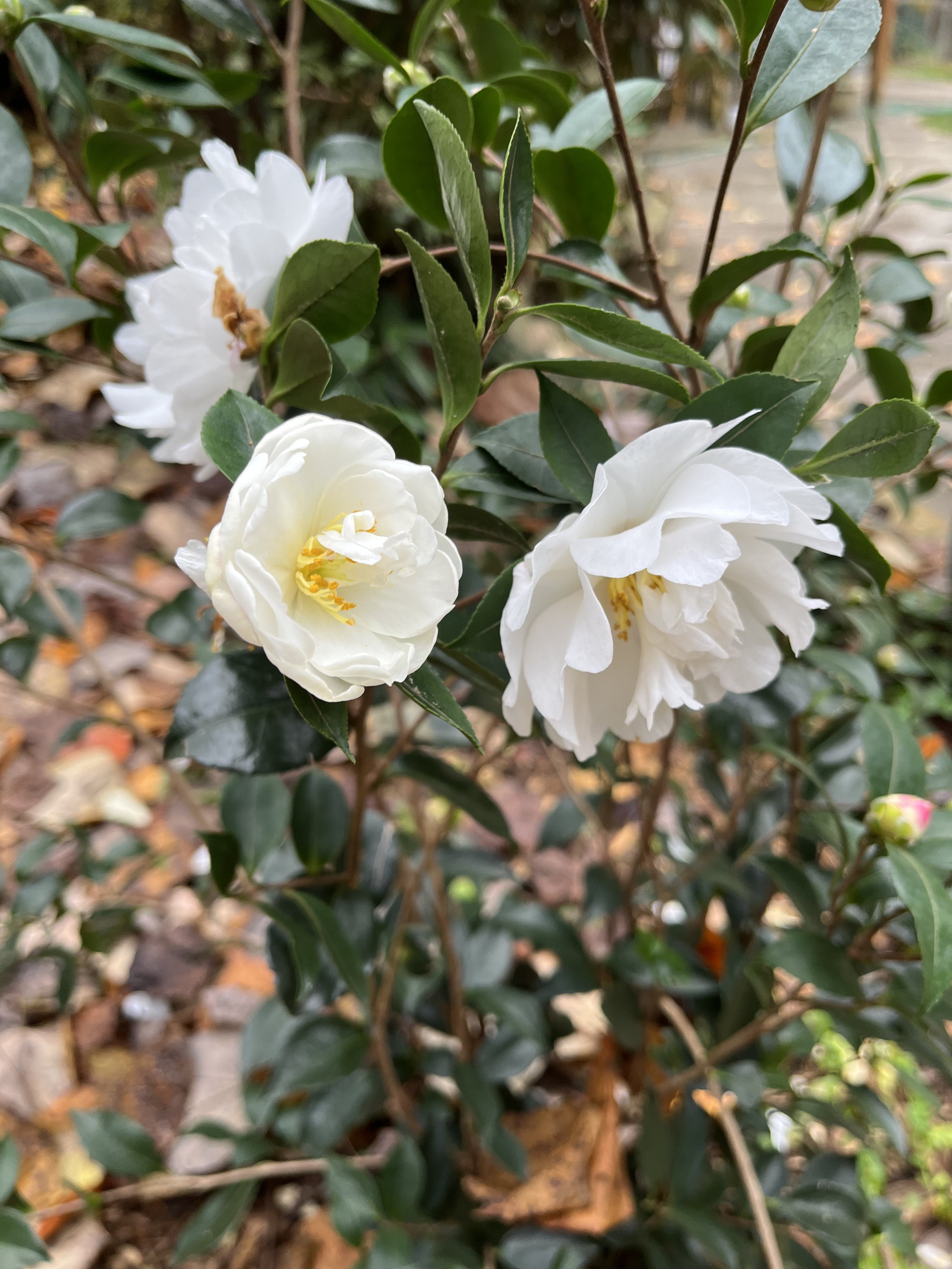


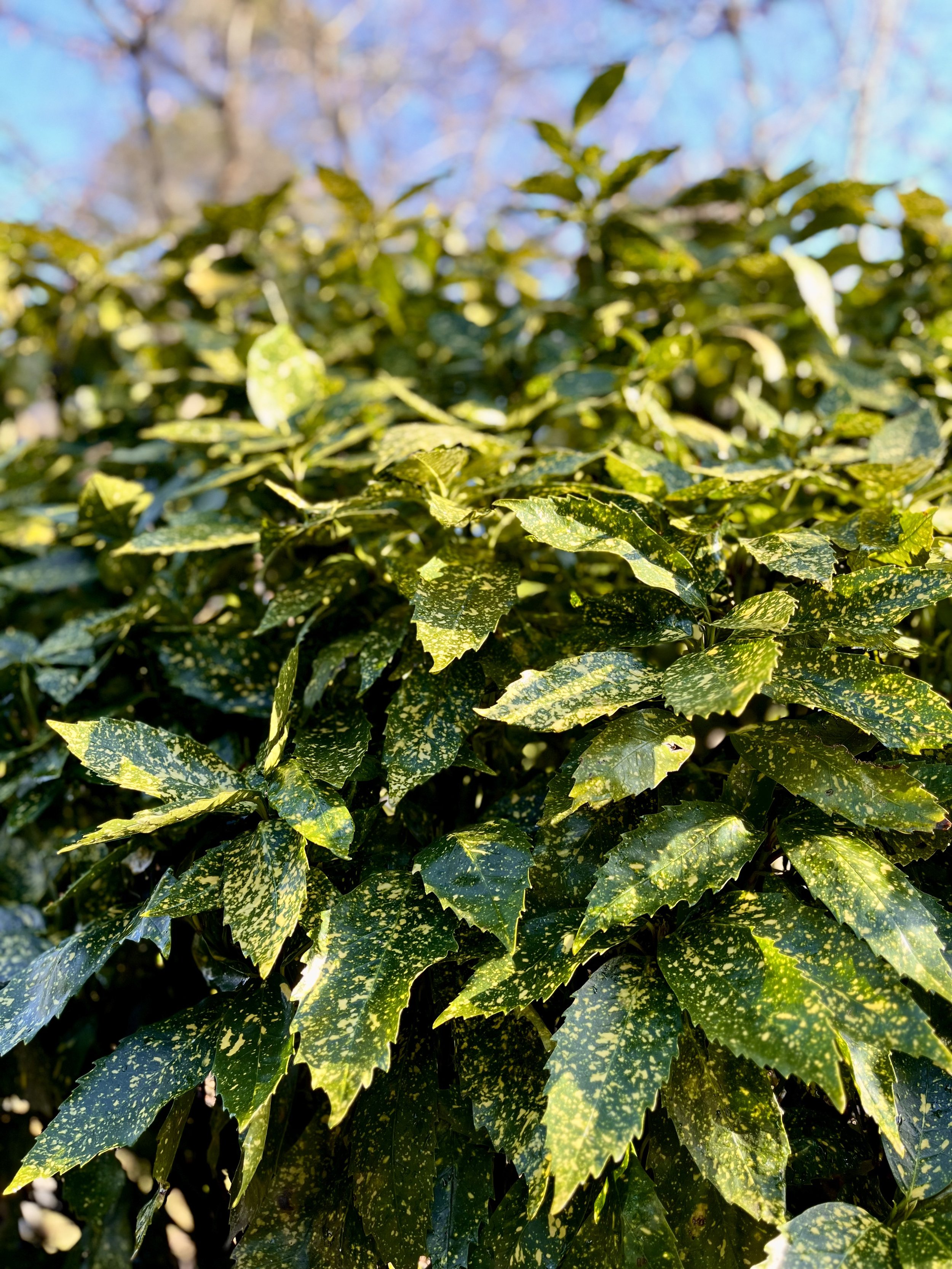
If instead of a screening shrub, you are looking for an evergreen groundcover, you can check out a few of my favorites here! For an evergreen climber, I recommend Carolina Jessamine (Gelsemium sempervirens), which produces beautiful yellow blooms around February. I hope you were able to get some good ideas from this list! In my next article, I list a few plants that I would NEVER recommend, no matter how great they may look in the nursery!

